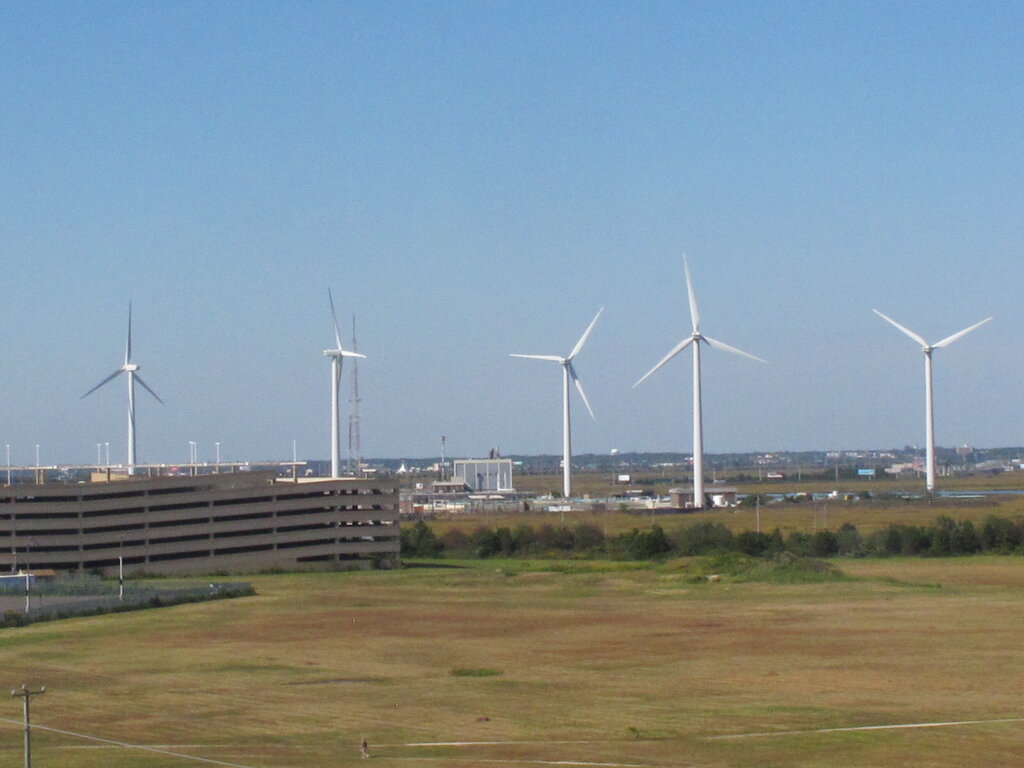Feds: Offshore Wind Study Activity Won’t Harm Environment

The federal government has determined that the process of evaluating ocean sites in New York and New Jersey for offshore wind energy projects will not significantly harm the environment.
The Bureau of Ocean Energy Management said Thursday it has completed an environmental review of the kinds of activities needed to study offshore wind sites.
The review only covers the investigative stage of the wind projects, including biological, archeological, geological, and geophysical surveys and the taking of core samples from the ocean floor, as well as the placement of meteorological buoys.
It is not intended to be a final environmental approval for individual wind projects, which will have to be done separately for each development.
But it allows developers to move forward with planning ambitious offshore wind projects in the area, called the New York Bight.
“BOEM is focused on ensuring that any development in the New York Bight is done responsibly and in a way that avoids or minimizes impacts to the ocean and other ocean users in the region,” the agency’s director Amanda Lefton said in a statement.
The move comes as New Jersey is moving aggressively to stake its claim to being the offshore wind center of the East Coast. It has approved three offshore wind projects thus far and numerous others are in the planning stages.
Those three projects combined aim to provide enough electricity to power over 1.6 million homes. New Jersey has set a goal of generating 100% of its energy from clean sources by 2050, and plans to solicit additional wind energy projects every two years until at least 2028.
The federal government has set a goal of approving enough offshore wind projects nationwide by 2030 to produce 30 gigawatts of electricity — enough to power 10 million homes.
The environmental study looked at several areas including benthic animals, which are creatures that live on or in the ocean floor; commercial and recreational fishing; finfish, invertebrates and essential fish habitat; marine mammals; and sea turtles. In each instance, the agency determined that the process of investigating the sites’ suitability for offshore wind development would not cause significant harm.
To Read The Full Story
Are you already a subscriber?
Click "Sign In" to log in!

Become a Web Subscriber
Click “Subscribe” below to begin the process of becoming a new subscriber.

Become a Print + Web Subscriber
Click “Subscribe” below to begin the process of becoming a new subscriber.

Renew Print + Web Subscription
Click “Renew Subscription” below to begin the process of renewing your subscription.








